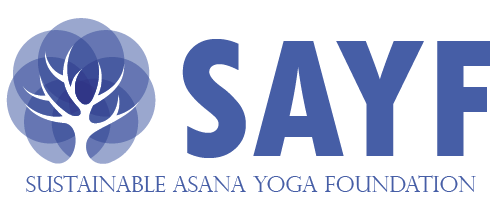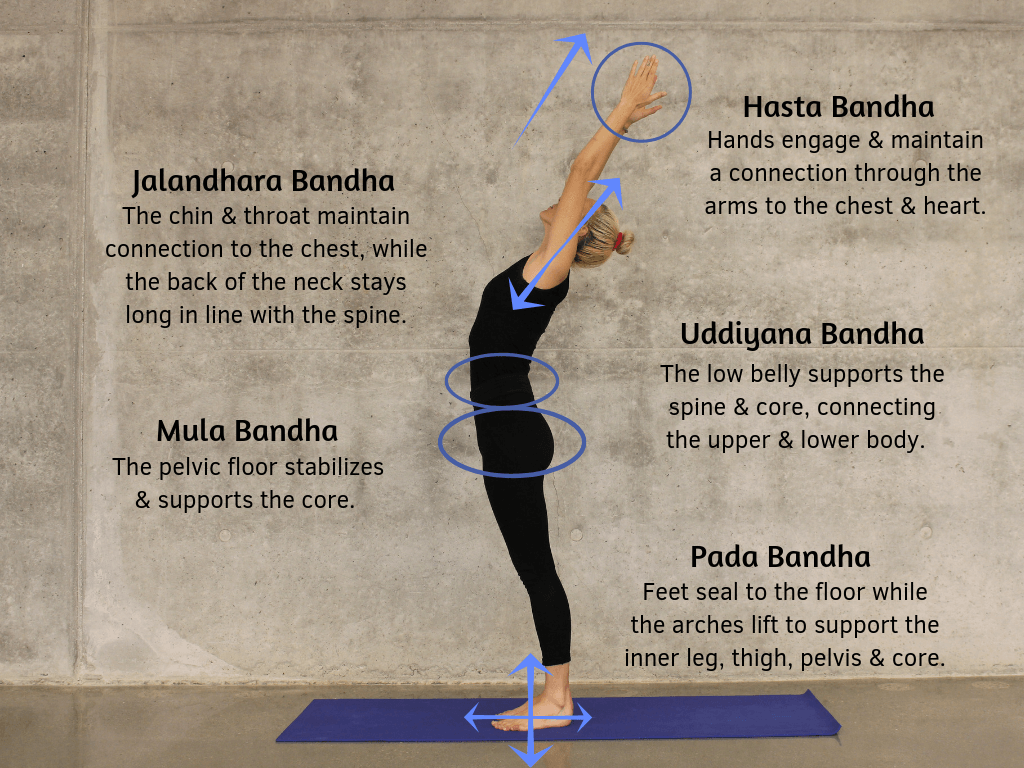The Go-To Guide For Yoga Teachers on How to Reduce the Likelihood of Liability Issues
As a professional yoga instructor, it’s your mission to help your students on the journey to finding the happier, healthier version of themselves, all in the name of wellness and inner peace.
Unfortunately, despite these genuine motivations and your undeniable professional skills, accidents, errors, and injuries do happen in the yoga world—and as the yoga teacher, it’s highly likely that if you haven’t taken the right steps to safeguard yourself from these types of issues, you’ll be the one on the hook for dealing with the repercussion of this liability.
It sounds scary, we know, but fear not—there are plenty of solutions out there that can keep you safe from liability issues and ensure that you’re not shouldering all the financial responsibility, legal implications, or damages by yourself.
The right type of liability insurance, proper safety training, plenty of continuing education courses, and several other factors can be the perfect recipe for providing you with the peace of mind and protection you seek.
The Risk Mitigation Steps Every Yoga Teacher Needs to Take
Ultimately, acknowledging that risk does indeed exist is the first step that every yoga teacher out there needs to take—because even if you’re knowledgeable, skilled, professional, and well-loved, improbable things can happen. If you’re not prepared, well, it’s possible you’ll be stuck shouldering the repercussions on your own.
Don’t let fear or risk get to you. All you need for peace of mind is to be adequately prepared. Follow along below with our recommended tips and take the necessary steps needed to safeguard yourself, your career, your students, and your practice. The sooner you put these steps into action, the sooner you’ll be able to lasso that peace of mind you need to do your job well, right, and safely.
Liability Insurance
It might sound biased coming from a company that specializes in all-inclusive yoga liability insurance, but investing in this type of coverage is your best bet for ensuring that you’re taken care of should something bad happen. Whether you’re a part-time or full-time teacher—online or in-person—you need to be covered by a liability insurance plan that’s going to have your back and take care of you if ever needed.
Exceptional liability insurance should cover the basics, like general and professional liability coverage, but it should also offer you extra protection like product liability insurance, coverage for rentals, stolen equipment protection, identity protection, and more. This way, all your bases are covered in all matters.
SAYF Certification
Being the most professional, informed, and educated instructor you can be is automatically going to help you mitigate your risk and limit potential injuries that could arise.
With certification programs like SAYF, you’ll embark on an educational journey that helps you deepen your knowledge of the body as it applies to yoga, giving you perspective on anatomy, human movement mechanics, and how to reduce the risk of yoga injury.
Getting certified through programs like SAYF can help to reduce the likelihood of asana injuries in your yoga community, can aid in the prevention of accidents, and can help give you an even better understanding of progressions, adaptations, and modifications that can be used to make your classes safer, more inclusive, and even more accessible.
beYogi members get 20% off their SAYF Certification
Continuing Education Courses & Certifications
As a yogi, you know your journey is never complete—the same can be said for your journey as a yoga teacher. Investing in consistent continuing education courses, certifications, and otherwise can help keep you up-to-date on proper forms, new modifications, and enlightening practices that can keep your students safe.
beYogi members have access to a suite of member benefits which include CEUs
With consistent and continual efforts to broaden your knowledge and expertise, you can provide seamless support for your students, reduce the likelihood of your students discontinuing their practices due to injury or lack of modifications, and make your classes safer and more accessible every day.
As a bonus, certifications like SAYF will count toward your continuing education credits, another incentive to invest in certifications like SAYF or similar.
Creating a Safe Practice Environment
Ensuring that your space is safe for practice is just as important as investing in liability insurance and your safety certifications. While every space is different and unique props and equipment will be needed to teach every class, we encourage you to address the basics to ensure that no one could potentially hurt themselves during your class.
- Are there objects in the way that might pose problems for your students? Do you burn candles in close proximity to your students?
- There are many facets to address, so we recommend taking a good, hard look at your space and imagining a practice—do you see any potential issues?
Mindful, Appropriate Language
It’s crucial to realize that liability doesn’t just exist in the physical realm—what you say and how you say it can be a liability issue, too. We suggest assessing and evaluating the language you use when you teach classes. Ask yourself a few questions:
- Is my language inclusive and accessible?
- Does my language make it clear that students can modify, safely alter, or choose not to participate in a posture or flow?
- Does my language come off as offensive or unhelpful?
- Is any part of my language slanderous, offensive, or defamatory?
Don’t worry about the details of your language so much that you lose your personality and spark, but if you answered any of those questions and realize that you could make changes as a result, we encourage you to do so.
When it comes to mitigating risk, the first step is acknowledging that no matter how professional or conscientious you are, the unlikely and improbable can still happen.
Being prepared and taking steps like the ones mentioned are necessary for helping to reduce that risk, mitigate liability, and ultimately keep yourself and your yoga students safer, happier, and healthier.
For more insight on how beYogi can provide you with next-level liability insurance, we encourage you to reach out to our expert team, check out our coverage, and keep up with our regularly updated list of yoga resources that could be beneficial to you, your career, and your practice.
Written by beYogi - https://beyogi.com/
SAYF Members Benefit from a discount on their SAYF Liability Insurance. Sign up to learn more!









